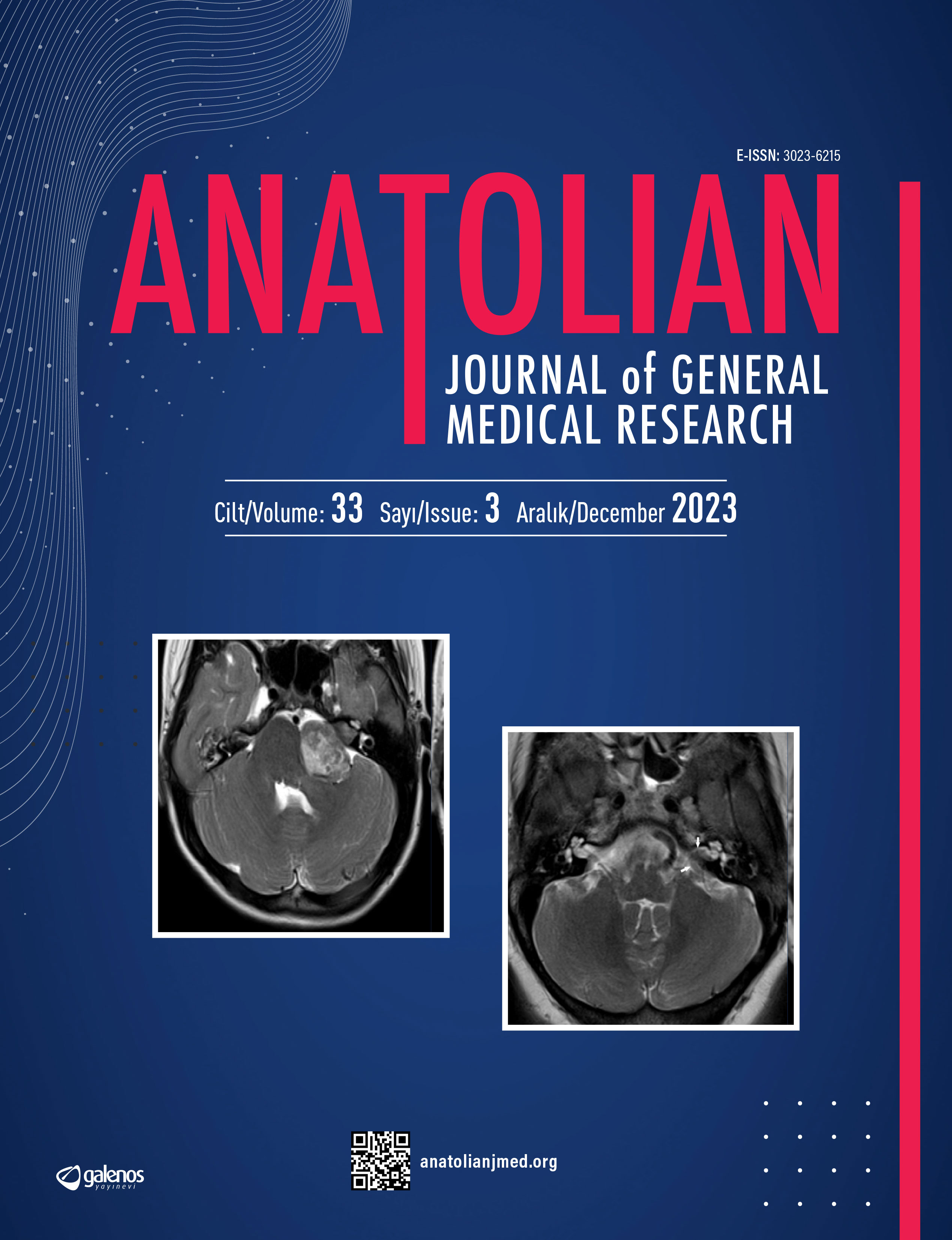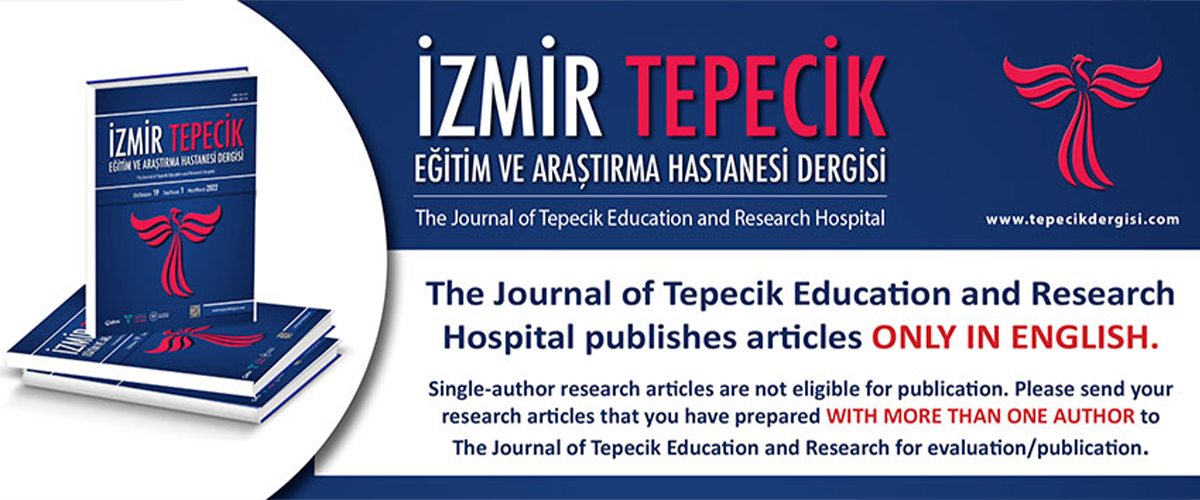








Diagnostic Value of Smears and Frozen Sections in Neuropathology Practice: Institutional Experience
Emel Ebru Pala1, Eylül Doğan1, Sümeyye Ekmekçi1, Birsen Gizem Özamrak1, Mahmut Çamlar21University of Health Sciences Turkey, İzmir Tepecik Health Practice and Research Center, Clinic of Pathology, İzmir, Turkey2University of Health Sciences Turkey, İzmir Tepecik Health Practice and Research Center, Clinic of Neurosurgery, İzmir, Turkey
Objective: The intraoperative diagnosis of neurosurgical biopsy material is usually tricky due to small size, artifacts of freezed neural tissue. When we are using rapid techniques, we should be aware of the limitations. In this study, we evaluate the diagnostic value of smears, frozen sections in neuropathology practice.
Methods: We evaluated 65 neurosurgical biopsy materials sent for intraoperative diagnosis. All of them were interpreted with both smear and frozen section preparations. Results were grouped as inadequate (normal tissue, full of necrosis, technical artifacts), inflammatory/reactive or neoplastic. Difficulties, limitations of rapid methods were discussed.
Results: Frozen and paraffine diagnoses were concordant in 55 cases. Three were inflammatory/reactive and fifty-two were tumor [low grade glial tumor (11), ependymoma (1), glioblastoma (12), metastasis (5), meningioma (8), craniopharyngioma (2), pituitary adenoma (2), epidermoid cyst (1), central neurocytoma (1), medulloblastoma (2), schwannoma/neurofibroma (6), diffuse large B cell lymphoma (1)]. In two cases, the amount of the material was sufficient but we could not achieve a definitive diagnosis with squash and frozen sections. The paraffine result of these cases was giant cell ependymoma and vasculitis. In eight cases, the material was insufficient for diagnosis. The frozen material contained only necrosis in six cases [glioblastoma (4) and metastasis (2)]; normal parenchyma in a DNET case, cauterized tissue in a fibrous meningioma case.
Conclusion: The accuracy of intraoperative diagnosis of neurosurgical material is very high. Also, the results of smear preparation and frozen section are concordant in most entities. The main role of rapid techniques in neuropathology is to determine whether the tissue is representative and adequate for ancillary testing such as immunohistochemistry and molecular. We should always be keep in touch with neurosurgeon and complemented morphological findings with radiological and clinical characteristics for the most reliable diagnostic interpretation.
Corresponding Author: Emel Ebru Pala, Türkiye
Manuscript Language: English
(967 downloaded)




